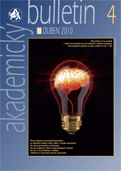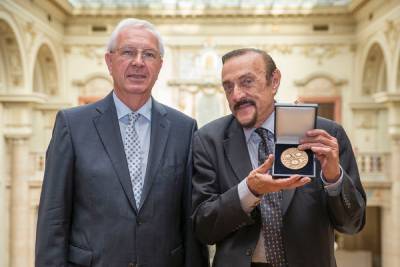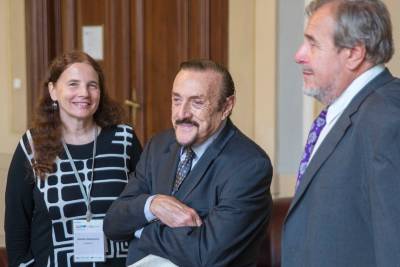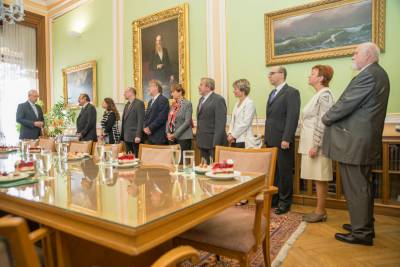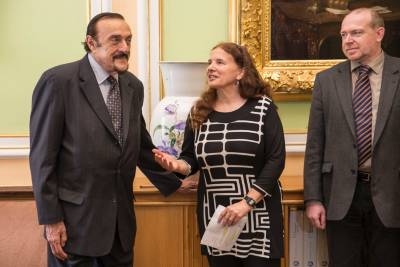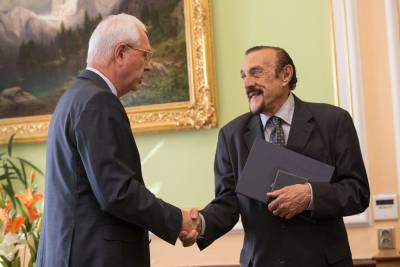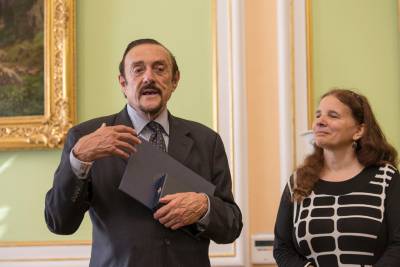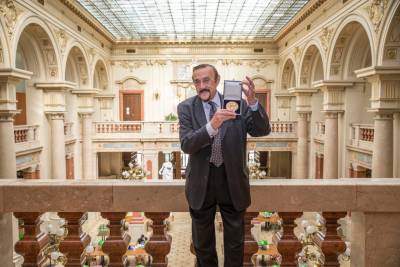public non-university research institution, which comprises a system of scientific institutes. It conducts its activities in accord with Act No. 283/1992 Coll., On The Czech Academy of Sciences (CAS), and other legal regulations. Research conducted by the CAS endeavours to advance knowledge on an international scale while however respecting the current needs of Czech society. The supreme autonomous body of the CAS is the Academy Assembly. The executive body of the CAS is the Academy Council with the President of the CAS at its head. Its permanent advisory body is the Council for Sciences, which deals with the scientific policy of the CAS. These all-academic bodies are always elected for four-year periods.
American psychologist Prof. Philip G. Zimbardo received the highest award of the Czech Academy of Sciences
5 Oct 2015
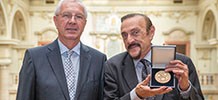
Klára Benešovská was awarded the Knight of the Order of Merit of the Grand Duchy of Luxembourg
23 Nov 2015

The art historian PhDr. Klára Benešovská, CSc., Head of the Department of Mediaeval Art at the Institute of Art History of the Czech Academy of Sciences, was made a Knight of the Order of Merit of the Grand Duchy of Luxembourg (Chevalier de l’Ordre de Mérite du Grand-Duché de Luxembourg) in Prague, on the premises of the Embassy of the Grand Duchy of Luxembourg in the Czech Republic, Estonia and the Ukraine, on Wednesday, 18 November, 2015. The order of knighthood was conferred by Henri, Grand Duke of Luxembourg and Duke of Nassau, and Dr. Benešovská received it at the hands of Her Excellency Michèle Pranchère-Tomassini, Ambassador of the Grand Duchy of Luxembourg.
AugerPrime Inauguration
16 Nov 2015
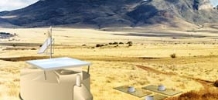
Celebrating 15 years of achievements and signature ceremony of a new International Agreement for the next 10 years
During November 14-17, 2015, the Pierre Auger Collaboration celebrates the inauguration of AugerPrime. Spread over an area of 3000 km2 in the 'yellow pampa' in western Argentina, Auger is the largest cosmic ray experiment in the world. AugerPrime allows the Czech researchers to contribute to discerning the mysteries of ultrahigh energy cosmic rays until 2025.
Institute of Physics received two of four awards of the Technology Agency in 2015
16 Nov 2015
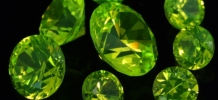
The prestigious prizes of the Technology Agency of the Czech Republic for the best projects accomplished in applied research in 2015 were awarded at the official ceremony in the New building of the National Museum in Prague on October 22nd, 2015. Among four award-winning projects there were two projects that included teams from the Institute of Physics of the Czech Academy of Sciences (CAS).
The Czech Academy of Sciences 2014-2015: Selected Research Results
21 Oct 2015
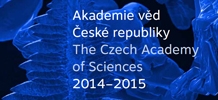
The Czech Academy of Sciences has issued a report accounting selected research results achieved by its scientific institutes in all research areas in 2014 and in early 2015. It outlines its research activities, as well as goals of the new research centres and facilities of the CAS and its new Strategy AV21, the main aim of which is to perform top level multilateral interdisciplinary research reflecting the needs of contemporary society. The book (printed version in PDF) documents the CAS´s efforts to transfer research findings into practical outputs and its co-operation with partners in the industrial sphere, it presents the CAS´s co-operation with various institutions on international, regional and local levels and mentions some of the major social events and anniversaries marked by the CAS in 2014 and 2015.
Three professors from the Czech Academy of Sciences on the List of the Most Cited Scientists of the World
5 Oct 2015
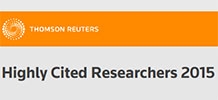
Conference on Democracy (not only) in Muslim Countries
5 Oct 2015
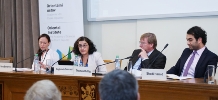
New possibilities of imaging molecules with atomic force microscope
6 Aug 2015
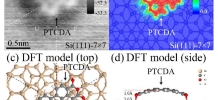
Scientists from the Institute of Physics of the Czech Academy of Sciences (CAS) together with colleagues from Osaka University in Japan presented in the journal Nature Communications [1] a new method that significantly advances the current possibility for atomic force microscopes to image chemical structures of individual molecules. Recent developments in scanning microscopy enable us to resolve the chemical structure of individual molecules deposited on surfaces. The sub-molecular resolution of individual molecules opens up entirely new possibilities in the study of physical and chemical properties of molecular nanostructures. However, it was possible to carry out these measurements only at very low temperatures close to absolute zero with specially modified microscope tips.
Chile and Canary Islands selected for the construction of the largest gamma-ray observatory
22 Jul 2015

The Legacy of Charlemagne
22 Jun 2015
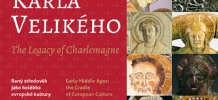
Hunting for insects with a crane: forest ecology research on six continents will be spearheaded by the Czech Academy of Sciences
26 Jun 2015
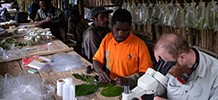
How would forests entirely devoid of insects look like? And why most of insect species prefer life in tropical jungles to temperate zone forests? Questions asked by a curious child, perhaps, but also by international research team from the Czech Academy of Sciences, recently supported by the European Research Council to study forests all over the world, and build a new canopy crane in the rainforests of Papua New Guinea.
International conference “The Present and Future of Institutions of Non-University Research”
28 May 2015
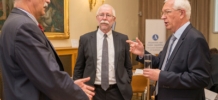
Non-university research has a future
The future of non-university research and its connection with higher education institutes, industrial research and business were the main themes of an international conference that the Czech Academy of Sciences organized on Wednesday, 27 May 2015 at its headquarters. The roundtable discussions were attended by the elite of European science – Martin Stratmann (president of the most important German scientific institution, the Max Planck Society), Peter Haslinger (director of the Herder-Institute, Leibniz Association), Soren Wiesenfeldt (director of research at the Helmholtz Association), Ed Noort (vice-president of ALLEA – All European Academies) and other guests from Italy, Great Britain and the USA.
The Czech Academy of Sciences at EXPO 2015
28 May 2015
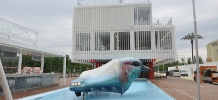
On 1 May, the gates of the world EXPO 2015 with the motto “Feeding the Planet, Energy for Life” opened in Milan. The raising of the exposition’s flags was accompanied by the tones of Antonín Dvořák’s New World Symphony and precisely the Czech pavilion was selected by the Italian media as one of five to be recommended for a visit. Their last discoveries are then presented also by two institutes of the Czech Academy of Sciences. The Institute of Organic Chemistry and Biochemistry (IOCB) in the Laboratory of Life presents research aimed at seeking new human medications for lifestyle diseases. A human cell as a miniature chemical plant in which thousands of events take place necessary for the healthy functioning of the organism was rendered for the Laboratory of Life and the IOCB by the artist Jakub Nepraš.



